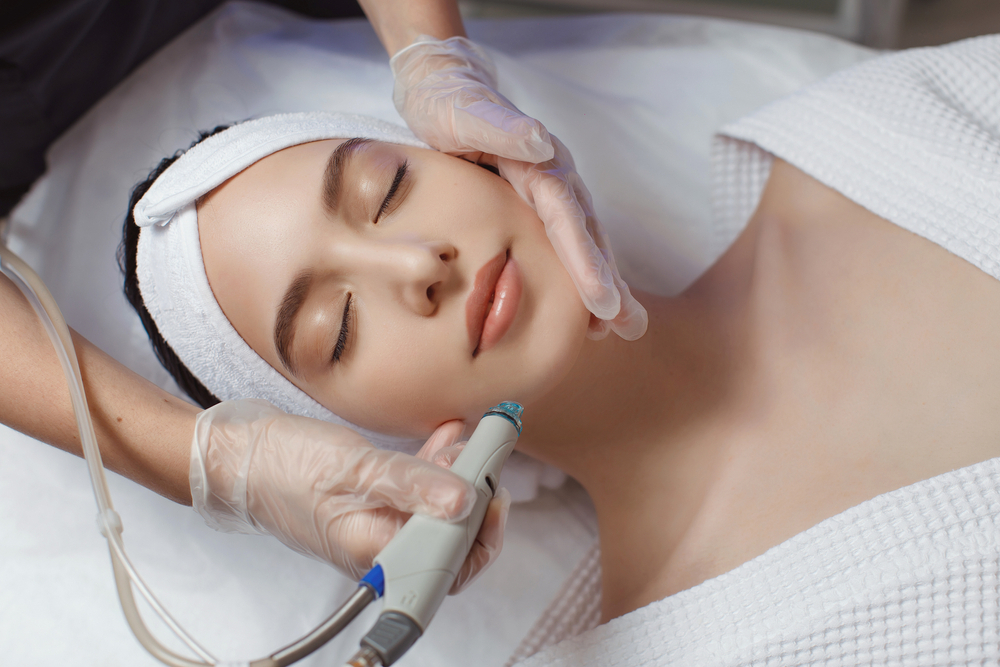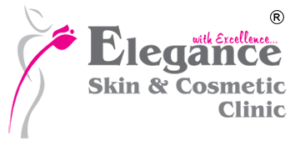Hydrafacial

Hydrafacial
Acne is the most common problem in teenagers to the late twenties, acne can fade the good looks and it also damages the skin but there is a wide range of effective treatments are available for the acne includes:
- Topical creams
- Oral isotretinoin
- Salicylic peel
- Black peel
- Plasma therapy
- Co2 cryotherapy
- Dermabrasion
- Chemical peels
- Lasers
- Micro-needling
In other words, acne is known as ‘pimples’ which is a chronic inflammatory disorder of the sebaceous unit that are present in the skin. They also cause a blackhead, whiteheads, or pustules in mild to moderate cases.
Nodules, cysts, and abscess are the types of acne if it let untreated then, it might lead you to the scarring. It occurs on the chest, face, back, and shoulder.
Sebaceous gland secretes an oily serum called sebum which reaches the skin surface through the hair follicle. On the puberty phase, the male sex hormone that is present in both male and females are rising which actives and increases the number of sebaceous glands and leads to the increase in the secretion of sebum. Also when the cells are shed faster and when they stick together, plugging the opening of the hair follicle, resulting in ‘whiteheads’. The pigment melanin in the whiteheads when it comes into air connect, forms blackheads. At last, bacteria called ‘Propionibacterium acne’ in number and add to the formation of acne. When the follicle gets clogged, its wall ruptures.
- Imbalance in hormones.
- Polycystic ovarian disease or syndrome.
- Stress, anxiety, and depression.
- Humid climate.
- Usage of oil-based creams.
- Oily scalp due to which pimples occur on the forehead
- Overuse of cosmetic products.
- Drugs include oral contraceptives, lithium, steroids, iodides phenytoin, etc.
- Squeezing or scratching acne can cause infection and leads you to more acne.
- Wash your face 2to 3 times in a day with anti-bacterial face wash.
- Increase the intake of fruits that are high in vitamin c and zinc.
- Drink lots of water
- Don’t scratch or burst the pimple.
- Avoid using oil-based products
- Always use sunscreen.
- Keep your pores clean.
- If you have acne don’t avoid them, it will give you lots of scaring make sure to check with the dermatologist and get a proper treatment that needed.
1. Chemical peels
Chemical peels include the application of the chemical solution on the face which exfoliates and peel off the dead skin and damaged cells to give fresh skin. It usually takes four to six sessions to improve mild to moderate cases of acne. Keeping dead skin cells and excess oil away from clogging the hair follicle, pore blockages and can drastically reduce breakouts of papules and pustules.Type of Chemical peels includes
Glycolic acid commonly used Alpha hydroxy acid
Salicylic acid commonly used Beta hydroxy acid
2. Microdermabrasion
Microdermabrasion is used to reduce the oiliness in acne-prone skins and also helps reduce superficial acne scarring.3. Intralesional
Corticosteroids A steroid injection is delivered into larger pimples i.e. nodules and cysts to reduce inflammation.
Acne scars are categorized as elevated or raised and depressed scars. Medical terms categorized them as hypertrophic and atrophic scars, respectively. A most common scar is atrophic than the hypertrophic but afterward, it is difficult to treat. Treatments for atrophic acne scars are classified into rolling, boxcar and ice pick scars.
- Subcision: in subcision needle is used to lift the layers of the scar and separate the scar from its allocated to the surrounding skin. This works better in combination with suction. This is the perfect option for rolling scars.
- Dermaroller: it is used to create the tiny wounds on the skin due to which when they start healing it lifts the acne scars with them. Dermaroller is a handheld device that has multiple needles mounted on it.
- TCA Cross: this is the most common and easiest technique in which highly concentrated TCA is applied onto the base of the scar to lift it. It is the best option for very deep scars such as an ice pick scars and it used to smoothen the scar edges.
- Chemical peels: chemical peels are very useful to treat the superficial scars, and it often goes in combination with another procedure of deeper scar correction, and also with procedures such as subcision and after the procedures with dermaroller in order to improve the outcomes.
- Fractional resurfacing: it includes the Laser and Radiofrequency energy which creates the tiny wounds in the skin when scars start healing it lifts them.
- Scar excision: occasionally the scar might get removed easily, but still maintaining the cosmetic outcome.
- Punch floatation: used for deep scars, the floor of the scar is raised using this technique.
- Filler therapy: this technique involves the use of hyaluronic acid fillers/ fat/ silicon to lift the scar base.

